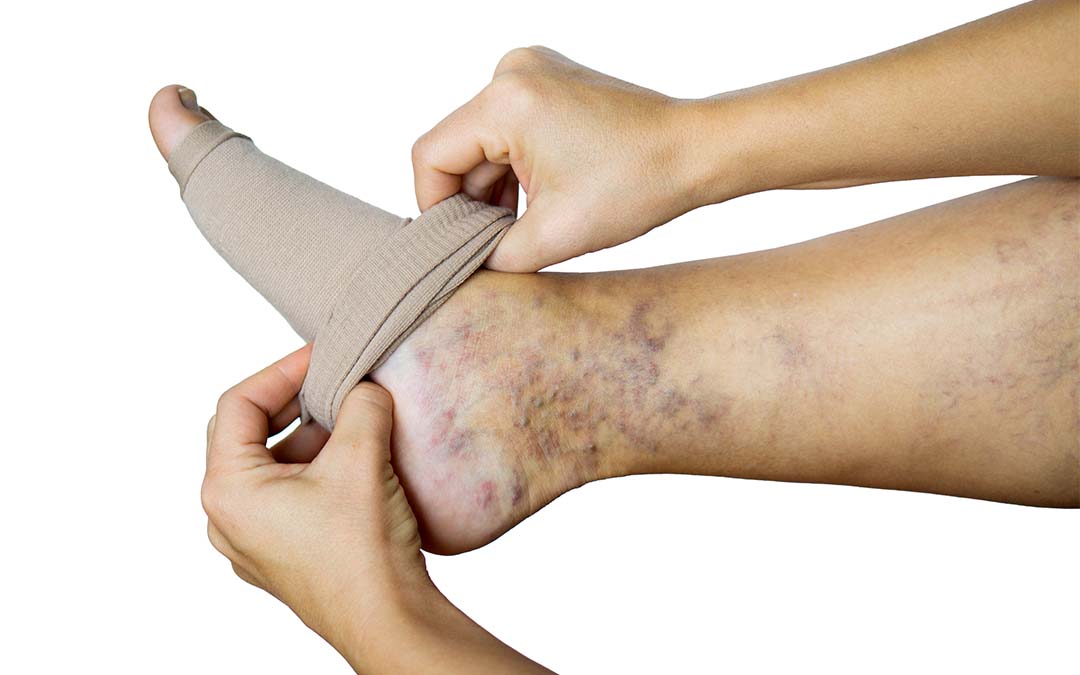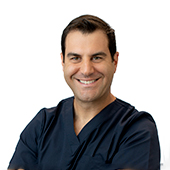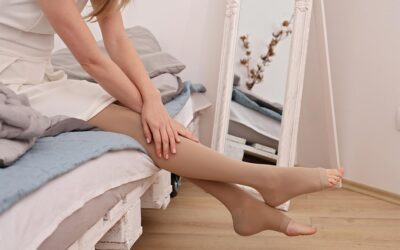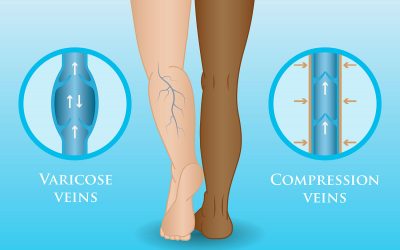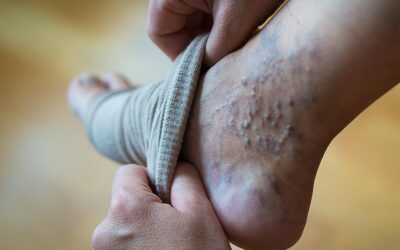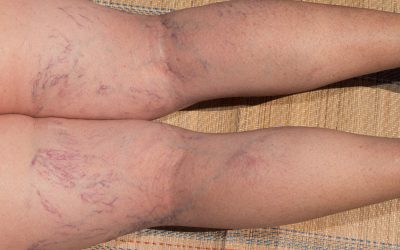Varicose veins and spider veins can be painful, lead to complications, and might even be a hit to your self-confidence. Prevention being better than a cure, we’d all like to avoid needing medical treatment if we can. So how can you prevent varicose veins from developing on your legs and groin?
To understand what prevention is possible, we should be familiar with exactly why varicose veins develop. A major factor in developing an abnormal vein is family history. If a parent or grandparent had varicose veins or venous disease, it’s likely you will have them also, no matter your sex. Another risk factor is a fluctuation in hormones, such as during adolescence, pregnancy, menopause, etc. These are some of the key reasons varicose veins happen. However, they can also be aggravated by spending extended periods immobile, standing, sitting, or in bed, for long periods of time.
What’s going on inside the veins?
When a varicose vein develops, the correct function of the vein is disrupted. Normally, veins return blood to the heart and feature one-way valves all the way along the interior walls. This helps push the blood along and prevents it from flowing backward with gravity. When the valves fail, blood leaks backward, and collects, putting even more pressure on surrounding valves so that they may fail too. This is called venous incompetency (the vein has become incompetent at delivering blood back to the heart). These valves do not heal on their own and require a medical procedure, such as sclerotherapy or other treatment, to remove the affected vein and put circulation right.
Can we, or can’t we prevent varicose veins?
There are some things we, as humans, have control over and others of course we don’t. The causes of vein problems largely fit into the “out of our control” category. We cannot influence our genetics, hormonal fluctuations, etc. which are the biggest vulnerabilities to varicose veins and spider veins. However, there are some lifestyle choices that can reduce their severity and some symptoms.
It’s important to know that these will not undo the damage done, and if venous insufficiency already exists, they may not halt a vein’s continued deterioration either. These actions can relieve pressure on the veins, relieve pain, or support the veins.
What can you do?
Compression stockings or socks
Compression stockings are not just for plane trips, they can also support the veins when you must sit or stand for a long time. The pressure helps prevent veins from enlarging when blood pools. This won’t fix veins, but the compression can reduce pain and swelling from existing veins. Read more about compression stockings and socks here.
Put your feet up
Here’s another way to get the blood moving – put your feet up. Elevating the legs allows the circulation to stop fighting gravity, so it has an easier path back to the heart. This is great if you have pain or swelling as it allows the pooled blood in varicose veins to keep moving and lymphatic fluids to drain too.
Keep moving
In a job where you must stand or sit for long periods, get up and walk around when you can. The leg muscles contribute to what is a ‘team effort’ to get blood back to the heart. When the muscles contract, blood is squeezed along the veins in the legs. Again, the one-way valves help keep moving circulation forward.
Lowering weight
Reducing weight can help by taking pressure off the veins.
Key Takeaways
- The causes of varicose veins are largely hereditary or related to hormonal fluctuations (pregnancy, etc). These causes cannot be circumvented.
- You may be able to reduce your vulnerability to varicose veins by keeping active to avoid extensive time sitting or standing, elevating the legs, wearing compression stockings, etc. but there is no guarantee.
- A range of varicose vein treatments is available from our clinic, including Sclerotherapy and ultrasound-guided sclerotherapy, endovenous laser ablation (EVLA), radiofrequency ablation, and more.


